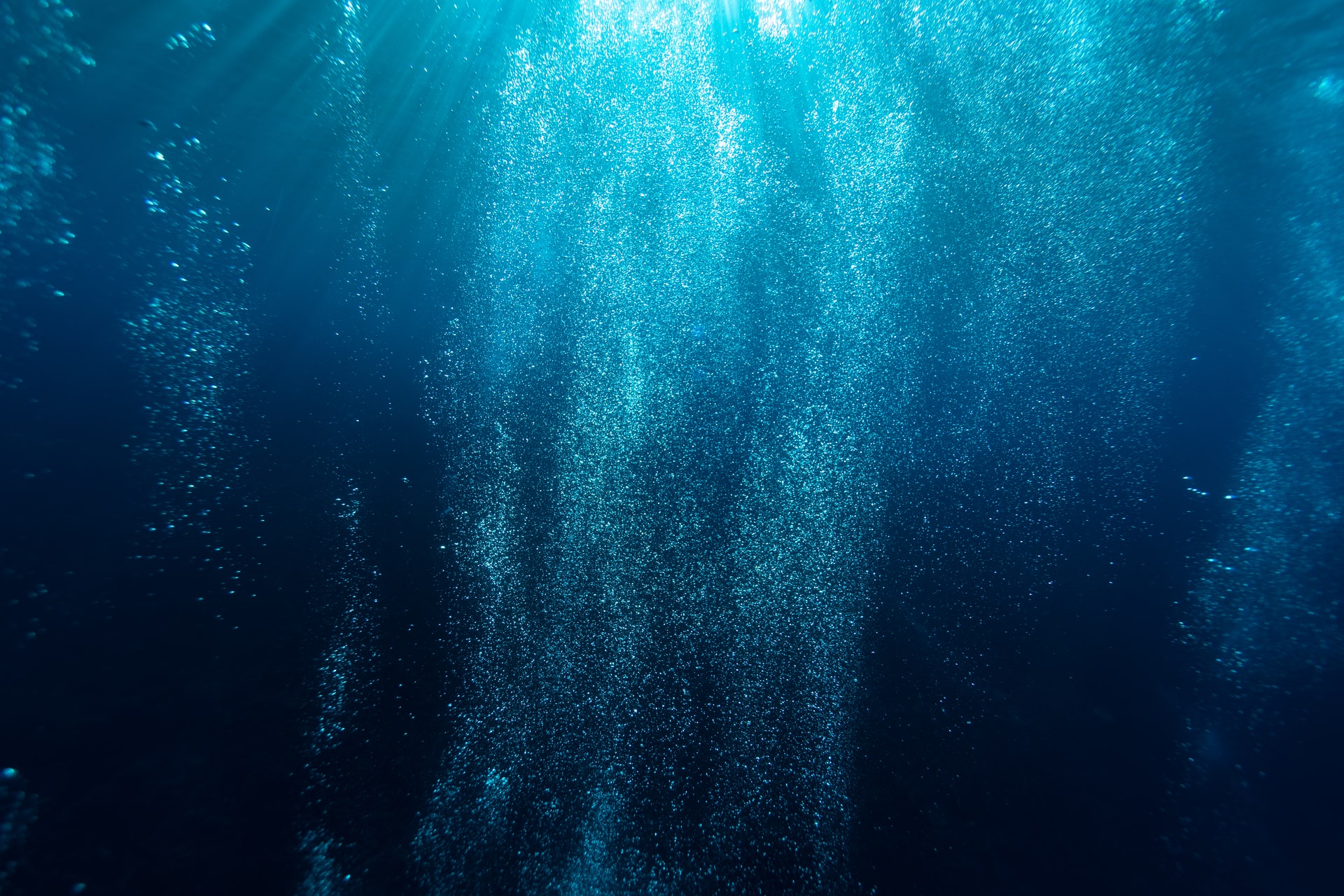Plastic, or rather microplastic is added to plastic. And the Atlantic Ocean is even more contaminated than we feared. This is demonstrated by a new study by Katsiaryna Pabortsava and Richard Lampitt recently published in Nature Communications.
The two researchers calculated that in the upper 200 meters of the Atlantic there would be 12-21 million tons of microplastic waste. Which means much more plastic than previously thought.
Plastic introduced and plastic detected: everything else is microplastic
The research started from the observation of a gap between the amount of plastic waste generated from 1950 to 2015 and the amount detected so far in the oceans. The disproportion prompted Pabortsava and Lampitt to go and look for the missing mass among the invisible debris.
The two researchers then analyzed samples collected in 12 locations along a 10,000 km north-south transect of the Atlantic Ocean, at three different depths below the surface. For the evaluation, only the three most abundant types of polymers in the ocean were considered: polyethylene, polypropylene and polystyrene, that together make up over half of global plastic waste. The plastic particles were analyzed up to a resolution of about 25 micrometers, detecting up to 7,000 microplastic particles per cubic meter of water.
Now, assuming that plastic waste was constantly released into the Atlantic Ocean between 1950 and 2015, the two researchers estimated that the input of plastic in its waters and sediments was 17-47 million tons. By adding the microplastic mass of the three polymers sampled during the research with previously calculated marine plastic waste, the total balances (and could even exceed) the estimate of the plastic released into the Atlantic Ocean since 1950.



